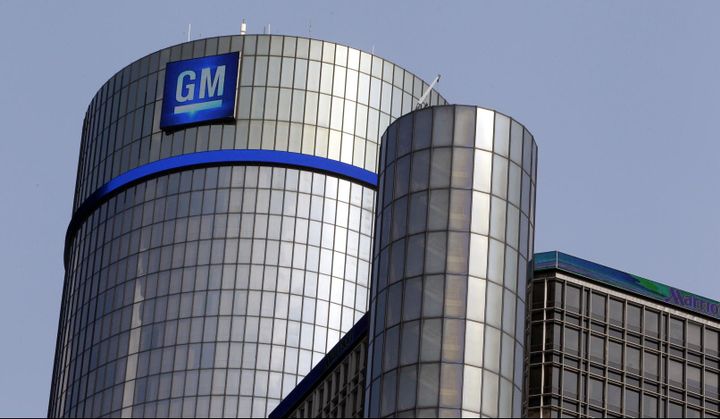General Motors Reveals Q2 Sales Rose 40% But Missed Analyst Expectations

General Motors reported a 40% increase in second-quarter U.S. sales.
GM Careers
General Motors (GM) reported a 40% increase in second-quarter U.S. sales and attributed the increase to a rise in SUV demand. But even with the increase, U.S. sales for the Detroit automaker missed analyst expectations as a shortage of semiconductor chips impacts production and dealer inventories.
GM reported sales of 688,236 vehicles in the second quarter, up 39.7% from 2019. Edmunds and Cox Automotive had forecasted GM sales would increase 40% to 43%.
“Consumer demand for vehicles is strong but constrained by tight inventories We expect continued high demand in the second half of this year and into 2022,” said Elaine Buckberg, chief economist, in a statement.
The automaker ended the second quarter with just 211,974 vehicles in inventory, a 37% decline from 334,628 at the end of the first quarter. The automaker’s inventory levels were at 616,000 units at the end of 2019.
General Motors was among the first automakers to report its Q2 sales. Analysts expect the tally for U.S. auto sales to add up to about 4.5 million vehicles in the second quarter, representing a 52% to 55% increase over 2020 sales.
GM wasn’t alone in falling short of analyst expectations. Hyundai Motor’s second quarter sales were 240,005 vehicles. Though that number marks a 69% increase over 2020, it falls short of Cox Automotive’s forecast of 74%.
Toyota’s numbers came in just shy of the 76% forecasted by Cox. The automaker reported second quarter sales hit 688,813 vehicles, up 73% from 2020.
Stellantis (formerly Fiat Chrysler) reported it sold 485,312 vehicles during the second quarter, up 32.2%, while Kia Motors reported sales of 68,486 units in June, a 43.1% increase compared with a year earlier, and 378,511 vehicles for the first half of the year, up 43.7%.
Porsche reported it sold 18,958 vehicles during the second quarter, up 55.5% compared with 2020. And Nissan Motor sold 298,148 vehicles during the second quarter, up 68.1%.
The recent numbers show a slowing in the pace of auto sales. “The market demand is there, but the inventory is not,” former Ford CEO Mark Fields, a TPG Capital senior advisor, said during an interview on CNBC’s “Squawk on the Street.” “It’s the old supply and demand.”
Fields projected unprecedented inventory levels would last at least 15 months, making it a sellers’ market. Cox Automotive affirms his sentiments noting that in June new vehicle inventory was running 43% behind levels for the same period in 2020 and 54% behind levels June 2019.

